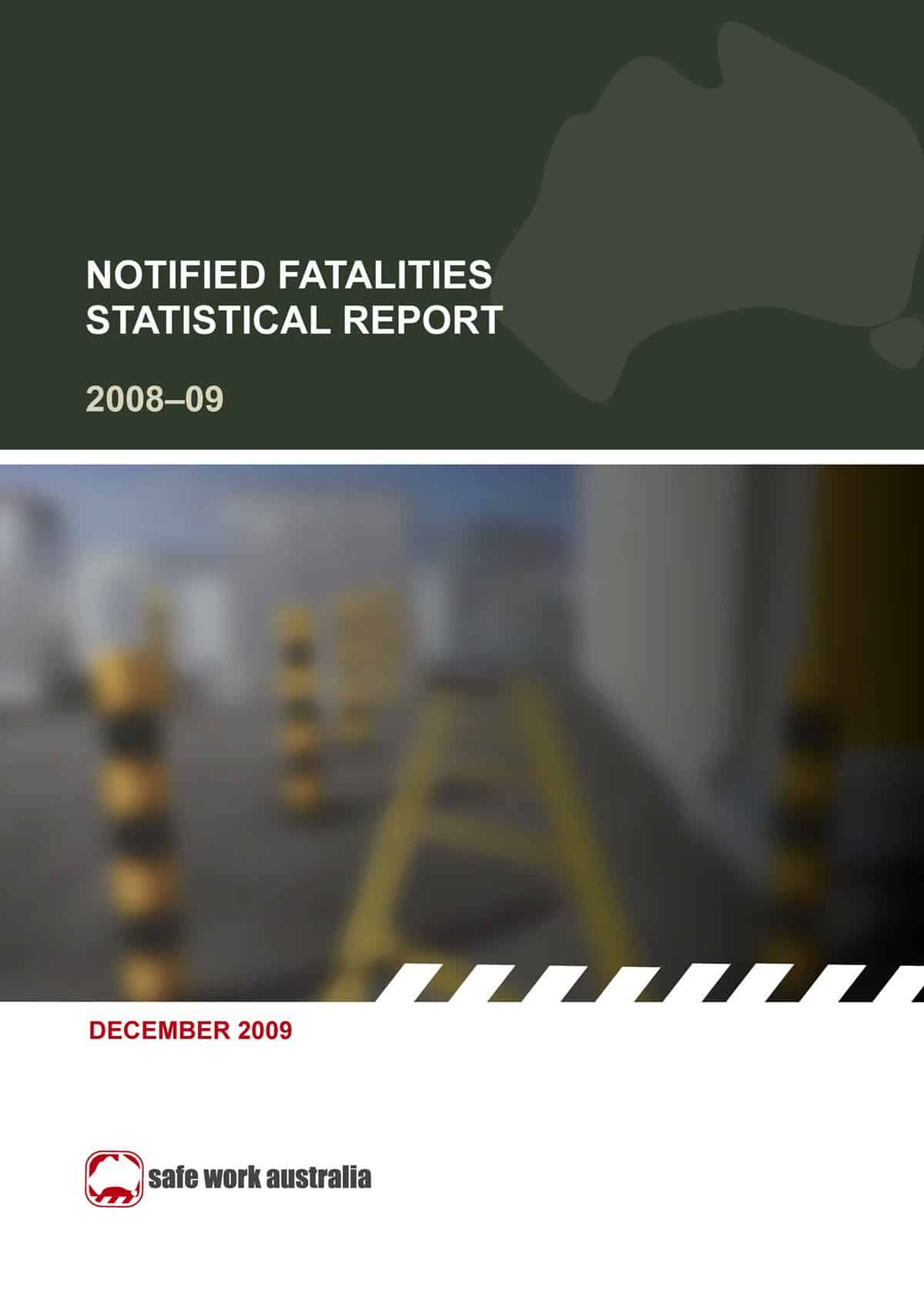On 4 November 2009, the United States’ National Toxicology Program (NTP) upgraded formaldehyde to a “known human carcinogen”. This widely used chemical, principally in wood products, has been suspected of being carcinogenic for some time.
The suspicion was a major reason why, in Australia, Comcare issued a cautionary safety alert on using some shipping containers as converted accommodation. But the Comcare advice was based, and reasonably so, on a manufacturers’ material safety data sheet (MSDS).
One such MSDS selected at random from the Australian internet sites has this to say about formaldehyde:
Reported fatal dose for humans: 60-90 mL
Oral LD50 (rat): 800 mg/kg
Inhalation LC50 (rat): 590 mg/m3
Low concentrations of formaldehyde may cause sensitisation by skin contact. Formaldehyde vapour is irritant to mucous membranes and respiratory tract. Asthma like symptoms have occasionally been reported following inhalation.
Animal studies have shown formaldehyde to cause carcinogenic effects. In particular, chronic inhalation studies in rats have shown the development of nasal cavity carcinomas at 6 and 15 ppm. These cancers developed at concentrations which produced chronic tissues irritation and would not be voluntarily tolerated by humans. [IPCS Environmental Health Criteria 89, Formaldehyde, World Health Organisation [WHO], Geneva, 1989.]
Some positive mutagenic effects have been reported for formaldehyde. Available animal data do not show embryotoxic or teratogenic effects following exposure to formaldehyde.
The NTP notes that formaldehyde effects have now been identified as having a role in leukaemia and not just localised inhalation-related cancers.
The MSDS is dated 2004 and Australian OHS legislation only requires MSDS to be updated at five-yearly intervals. Of course they can be updated more frequently should the employer chose or, perhaps if the manufacturer advises them of a reclassification.
It is interesting that a 2004 MSDS still refers to WHO data that is fifteen years old and that the reference is to a non-Australian criterion. It is accepted that chemical reclassification and research are long processes but what should the updating timeline be now that the US has made this significant re-categorisation?
Perhaps the Australia classifications will gain speed given that the more compatible European re-categorisation of formaldehyde, and other chemicals, was announced overnight. The EU-OSHA website states
“Formaldehyde was confirmed as carcinogenic to humans. There is sufficient evidence in humans of an increased incidence of nasopharyngeal.”
However the human leukaemia issue was discusses in the evaluation summaries:
“The Working Group was almost evenly split on the evaluation of formaldehyde causing leukaemias in humans, with the majority viewing the evidence as sufficient for carcinogenicity and the minority viewing the evidence as limited. Particularly relevant to the discussions regarding sufficient evidence was a recent study accepted for publication which, for the first time, reported aneuploidy in blood of exposed workers characteristic of myeloid leukaemia and myelodysplastic syndromes with supporting information suggesting a decrease in the major circulating blood cell types and in circulating haematological precursor cells. The authors and Working Group felt this study needed to be replicated.”
Given that wood products that contain formaldehyde are used frequently in cabinet-making it is fair to expect MSDSs and OHS guidances on hazardous substances and wood dusts would be reissued and databases updated fairly quickly. Just as important is the fact that particle boards are commonly sold in hardware and timber outlets in Australia and that Spring and Summer is often the DIY peak.
It is not hard to picture an unscrupulous media outlet generating a panic about the presence of formaldehyde in these products regardless of how the chemical is bound or whether inhalation risks are minimised.






